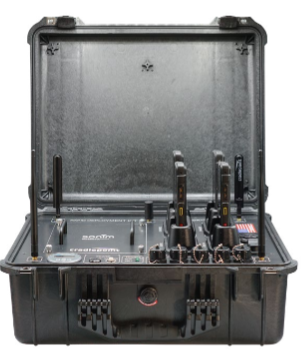Using Tail End Hop Off for Resilient Communications
If your organization has locations in multiple geographically separated areas using a “Tail End Hop Off” configuration in your PBX’s can provide enhanced communications resiliency for the local network and trunking outages.
Use of a “Tail End Hop Off” configuration in your organization’s disaster planning can provide significant benefits in an emergency or disaster and increase communications resiliency for potentially small additional costs and a low level of increased complexity. “Tail End Hop Off” is the term used to describe using phone trunking in an organization’s remote offices to route outbound calls via those remote trunks. In the past, this method was used to reduce long-distance costs for calls routing between an organization’s geographically separated offices and to avoid long distance calls to these areas. Given the decreased cost of long-distance routing, many organizations may no longer implement this type of solution as the increased routing complexity is not considered worth the cost savings.
However, a “Tail End Hop Off” strategy may be very useful for alternate communications emergency planning. It is important that this planning is based on emergency management requirements and not just long-distance toll reduction to ensure the configuration will be useful in an emergency.
A simple example.
Your healthcare organization has its main medical center in the Seattle area but also has a remote clinic in Spokane. If your sites are linked by a data WAN your PBX may already provide the phone services to this remote clinic via a VoIP Gateway. In this case, adding additional bandwidth for this remote site and additional local PSTN trunking would allow calls to be routed over the WAN and hop off from the local trunks in Spokane. Your emergency planning should consider what additional capacity may be needed for this contingency communications capability and what on-going costs will be.
Other back-haul methods should also be considered for your resilient emergency communications. Satellite services and cellular services can be added to provide alternate network routes if voice and data networks are damaged or out of service.
Additional Resources
-n/a